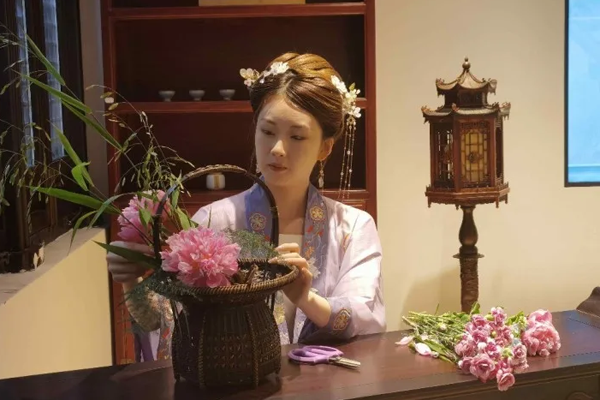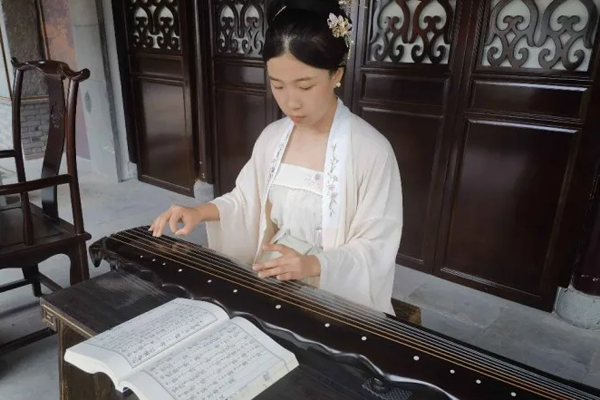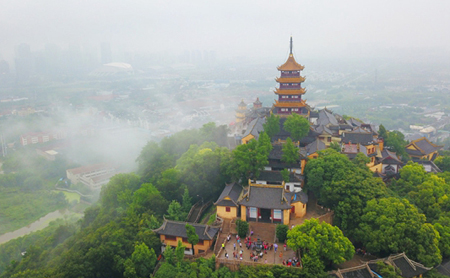Xisi Temple to revitalize Nantong's cultural heritage
The Nantong Buddhist Culture Exhibition Center, also known as Xisi Temple or Xinghuachan Temple, has been open to the public since June 11.
The temple was established in 1165 and is one the few rare ancient architectural complexes in Nantong that still exhibits the architectural style of the Song Dynasty (960-1279).
Over the centuries, the temple has undergone multiple reconstructions and renovations, but its layout has been relatively well-preserved.
In recognition of its cultural value, the temple was designated as a municipal-level cultural heritage protection site in 1998. In 2013, the Nantong municipal government prioritized its restoration efforts.
On the opening day, the temple organized a special cultural salon entitled "Renewal of Xisi Temple", where guests from various industries engaged in in-depth discussions on the significance of the temple's renovation, the revitalization of cultural heritage, and the integration of culture and tourism.
To promote traditional culture, the Nantong Buddhist Culture Exhibition Center incorporates Song Dynasty aesthetics into its various spaces and hosts a series of cultural activities, including tea ceremonies, incense burning, flower arrangements, and guqin performances.
"While fully preserving cultural heritage, we will focus on creating our cultural brand by holding cultural activities that allow visitors to learn Chinese traditional etiquette and experience intangible cultural heritage craftsmanship," said Yuan Yihua, deputy general director of Nantong Coastal Development Co Ltd, one of the investors in the temple's renovation.

A worker in the temple demonstrates the art of flower arrangement. [Photo/Nantong Daily]

A guqin performance in the temple. [Photo/Nantong Daily]

